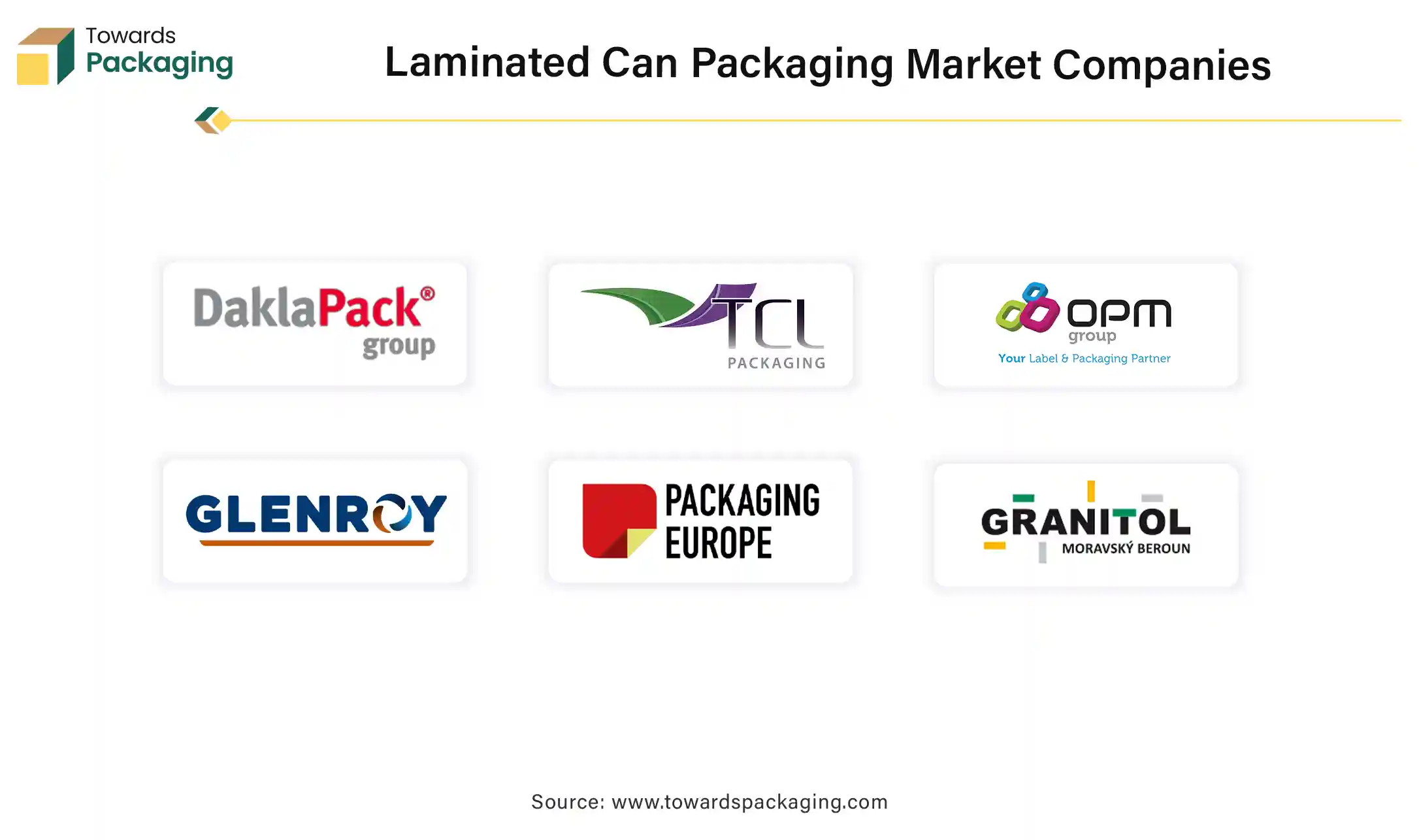Laminated Can Packaging Market Companies and their Innovations
The global laminated can packaging market size reached US$ 2.60 bn in 2025 to US$ 3.17 bn by 2030. North America dominated the laminated can packaging market in 2023 while Asia Pacific is expected to grow at a significant rate in the market during the forecast period.
Laminated Can Packaging Market Key Players

Latest Announcements by Industry Leaders
- In March 2023, according to Greg Schlicht, Senior Vice President, Global Can Sales at Novelis Inc. company announced that the beverage industry is in growth mode and aluminum is rapidly becoming the material of choice for beverage can packaging, so the company need to be prepared for increased demand as consumers recognize the many drawbacks of other, less sustainable packaging materials. Furthermore, the Novelis Inc. company’s clients want to improve the look of their packages, and aluminum cans offer the perfect 360-degree canvas for sophisticated, eye-catching graphics and product branding.
New Advancements in Laminated Can Packaging Industry
- In October 2024, Kuraray Co., Ltd, chemical manufacturing company, uneviled the introduction of Trosifol R3, interlayer solution for laminated can.
- In April 2024, Parkside company, packaging company revealed the introduction of the Recoflex, a type of the recyclable paper-based flexible packaging materials providing heat sealability, durability and barrier performance. The new line of papers offers durability, barrier performance, and heat sealability and comes in a variety of specifications as single-ply or laminate. The company claims that the line is revolutionizing flexible packaging made of paper in a number of commercial applications. Beginning in April, a staggered deployment of the various requirements will commence, with a number of advancements being introduced to complement Parkside's freezerproof paper substance.
- In February 2024, American Packaging Corporation (APC), a company focused on developing flexible packaging solutions, revealed the introduction of the RE Design for Recycle flexible packaging technology targeted at frozen food products such as frozen vegetables and fruits. American Packaging Corporation (APC) collaborated with product processors to swap out their multi-material, non-recyclable laminate. The major goal was to provide a recyclable package option that would prevent product puncturing from the sharp edges of the packaged product while maintaining manufacturing throughputs. A pillow bag with a fin-seal was part of the package format. It was made using VFFS machinery that could move intermittently and continuously at up to 90 packages per minute.
